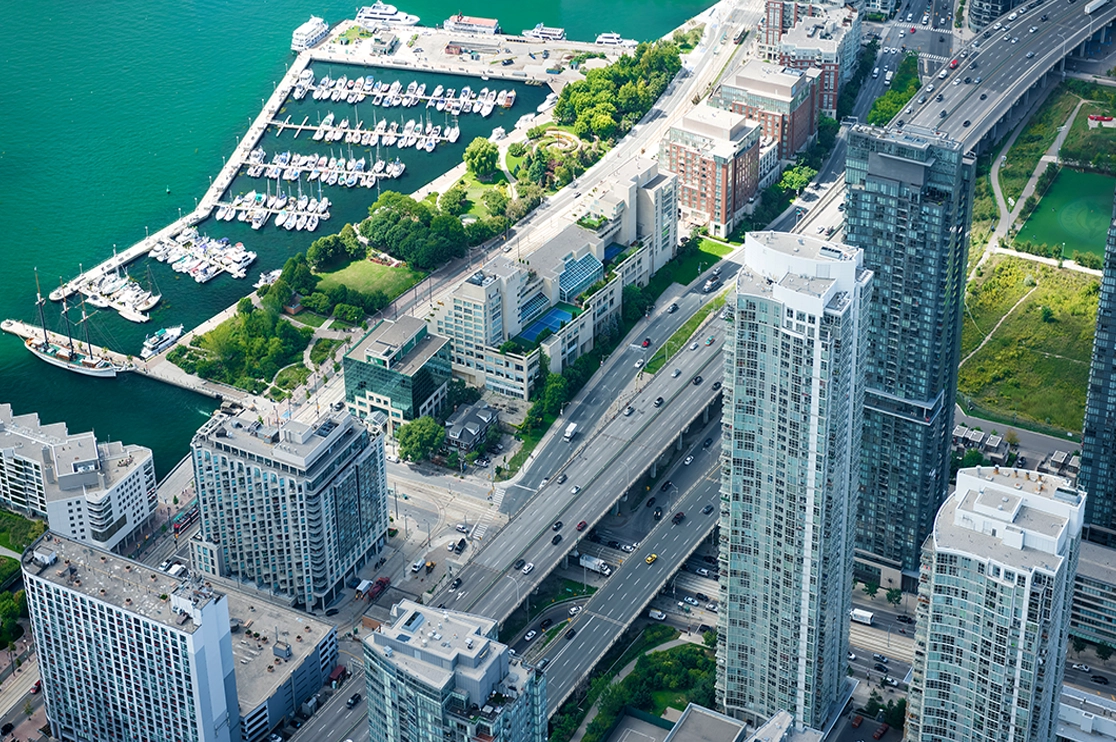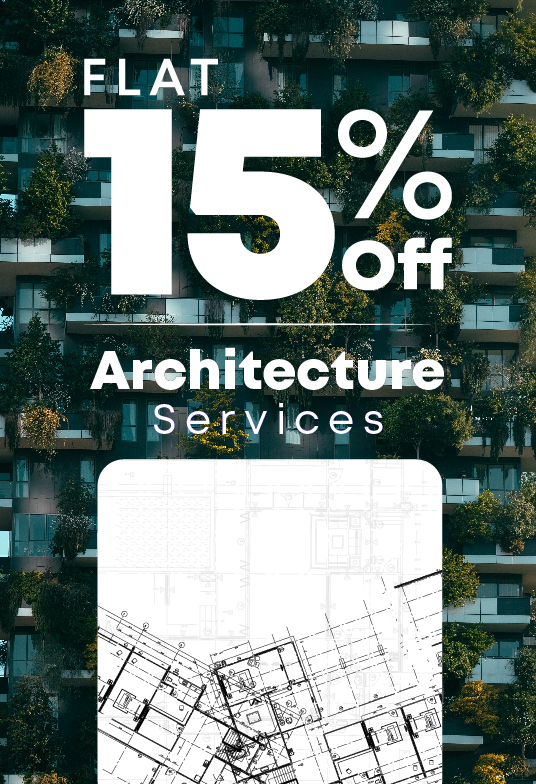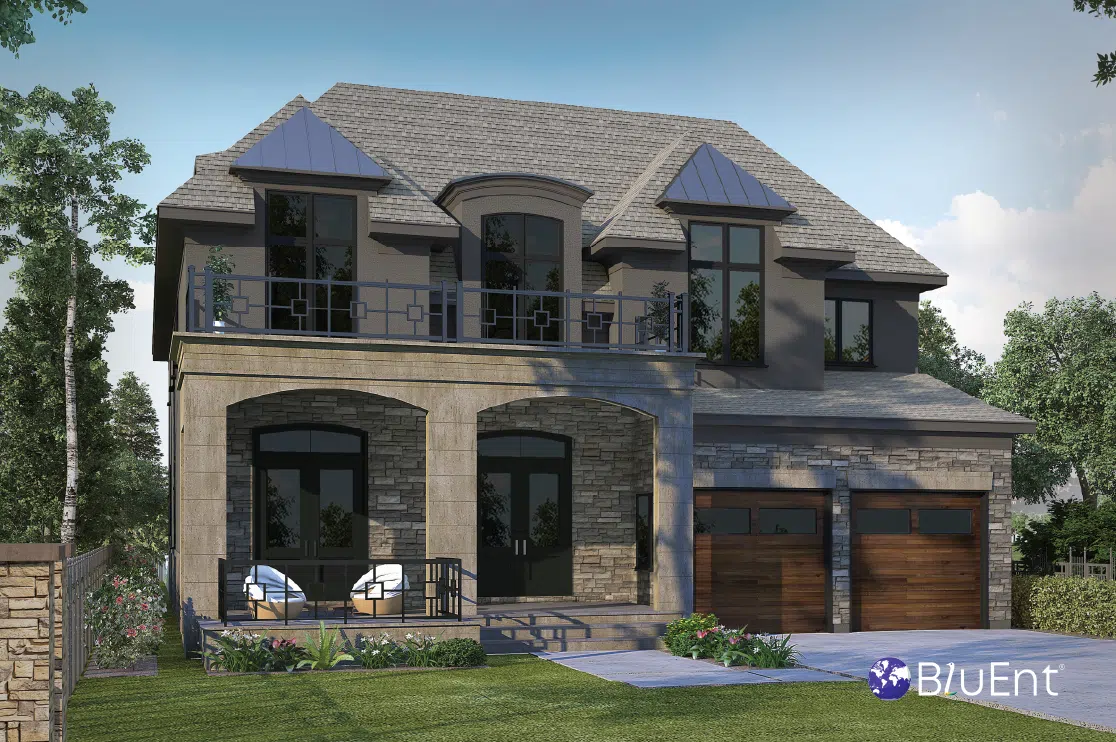Are you up to date on the top trends of residential architecture, or are you missing out on potential clients?
The explosion of the Canadian housing market, ageing population and dampened economic growth are defining what comes next for this industry.
If you’re a homebuilder or architect, you can’t afford to ignore the socioeconomic factors sweeping the industry. Architecture residential drafting and design needs to reflect these changes.
To help you get started, here are the six biggest trends that will be defining the future of Canadian residential architecture.
Home Offices
This is the most specific trend that we are predicting, but also one of the most intuitive. The technology advancements available today allow many people to work from home, giving rise to a taste for home office areas.
Furthermore, the loss of jobs that have resulted from the falling Canadian dollar has forced residents to find ways to progress their career from their houses, be it through job hunting or self-employment.
Emerging technologies and the current job market have also given rise to small businesses. According to the Business Development Bank of Canada, small businesses make up 98.2% of Canadian employers, with less than 100 employees. More than half of all SMEs have fewer than 4 employees.
For such organizations, renting an office may not make sense. When they’re not holding meetings at the coffee shop next door or visiting a client’s HQ, their home will need to be able to function as a work station.
Ambiguous Space Layouts
Recent years have seen a push for open-plan spaces rather than traditional rooms.
This caters to the growing trend of home interaction, as people are spending more time entertaining without leaving the house. Residential design that allows them to be more connected to family and friends is bound to be rewarded.
It will also give residents the freedom of working with large, minimalist home designs. As Canadian home buyers have begun to spend more money on renovations and less on buying new properties, we expect this ability to define and redefine room purposes to escalate in popularity.
Universal Design
This is not a new discovery for residential architecture. Common practice in universal design has been around for decades.
There has always been a need for accessible environments, but unfortunately, until relatively recently, it has not been emphasized in architectural drafting. In fact, it is better to consider this element a basic necessity rather than a “trend”.
This is relevant for both people with disabilities and elderly people. In the next decade, the majority of Baby Boomers will reach the age of 65. Home design for this age demographic will have to evolve to meet their changing abilities in various ways.
For example, a survey conducted by the AARP revealed that the majority of baby boomers wanted a home with a single level.
Clean Environment
Residential architecture has not been immune to the growing concern over the environment.
The main points of interest from a recent AIA survey are indoor air quality, water quality, and potentially harmful materials or chemicals in the home.
Harvard’s Center for Health and the Global Environment found that a building resident’s “exposure to common indoor pollutants, such as carbon dioxide and volatile organic compounds (VOCs) that are found in everything from paint to carpets” has an effect on the quality of their thinking.
The rise of homeowner awareness regarding these environmental health issues will put enormous pressure on residential design to meet stricter health standards.
Sustainable Design
It is no surprise that there has been an expanding adoption of energy-conscious products like controlled ventilation systems and solar panels in residential design.
However, the future of sustainable design elements will not be conceived in isolation.
Efficiency in the design of a home and the products used to construct it should go hand in hand. Technology is enabling these two aspects of architecture to interact better than ever before.
An AIA survey reported that 28% of architecture firms anticipate an increase in the importance of renewable and low-maintenance materials as well as “products that also allow for new ways to design, such as through composite materials and new glass and glazing technologies.”
Another growing application of sustainable design is arming homes against natural disasters with features such as residence elevation, backup power generation and dedicated safe rooms.
Kitchen Features
Contemporary residential interior design will prioritize kitchen size and features.
A desire has emerged for family and dining spaces to flow into to the kitchen rather than taking up individual areas of the house. As such, kitchens are expected to get bigger and occupy a central location in a way that connects with the rest of a home’s design.
This trend is in perfect correlation with the demand for flexible layouts mentioned above. We predict growth for both movements in the future of architecture.
Conclusion
The Canadian homebuyer’s needs are changing, and residential architecture must change with them.
However, understanding upcoming trends is only half the battle. The rest is up to the drafters.
At BluEnt, we create design and drafting solutions that make the most out of your ideas. Our locations around the globe give us an eye for spotting the latest movements in the architectural industry and how to incorporate them into your projects.
We serve homebuilders, architects, real estate developers, and home designers. Nothing excites us more than developing projects that take architecture to new heights in innovation, and we would love to help you visualize yours.
Fill out our form and get started now.
Maximum Value. Achieved.







 How 3D Architectural Visualization Boosts Property Pre-Sales?
How 3D Architectural Visualization Boosts Property Pre-Sales?  A Guide to 3D Condo and Apartment Rendering for Residential Projects
A Guide to 3D Condo and Apartment Rendering for Residential Projects  Details of Modern Ranch Style Open Floor Plans for Builders & Buyers
Details of Modern Ranch Style Open Floor Plans for Builders & Buyers  How 3D Landscape Designs for Exteriors Can Elevate your Property’s Value
How 3D Landscape Designs for Exteriors Can Elevate your Property’s Value